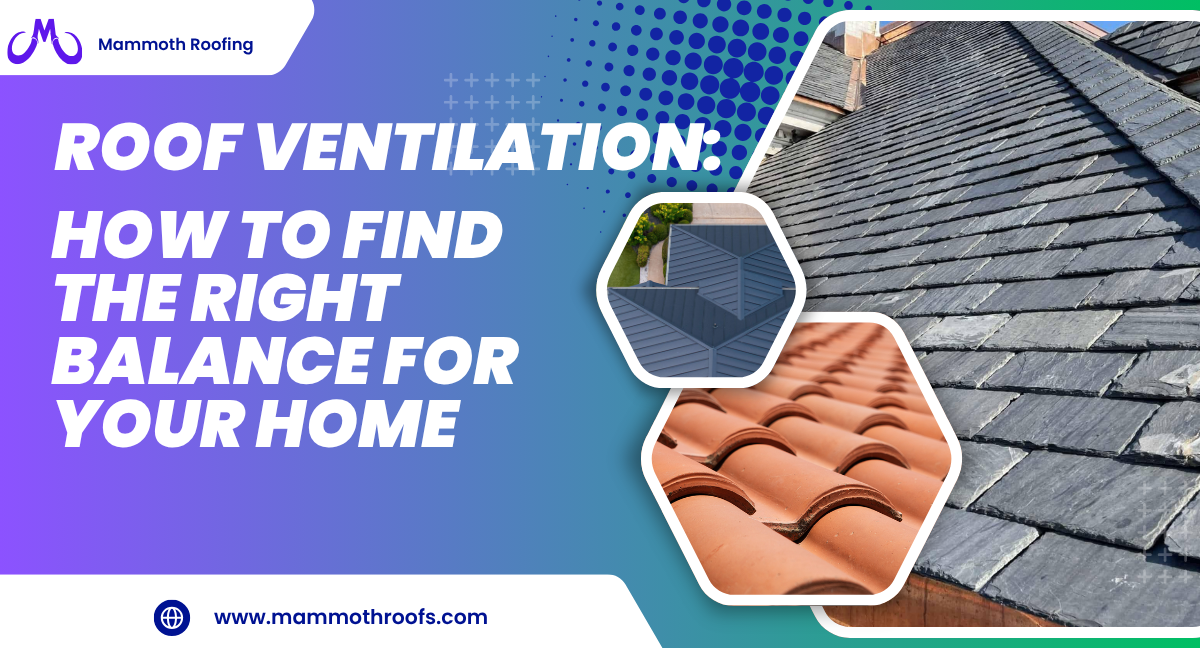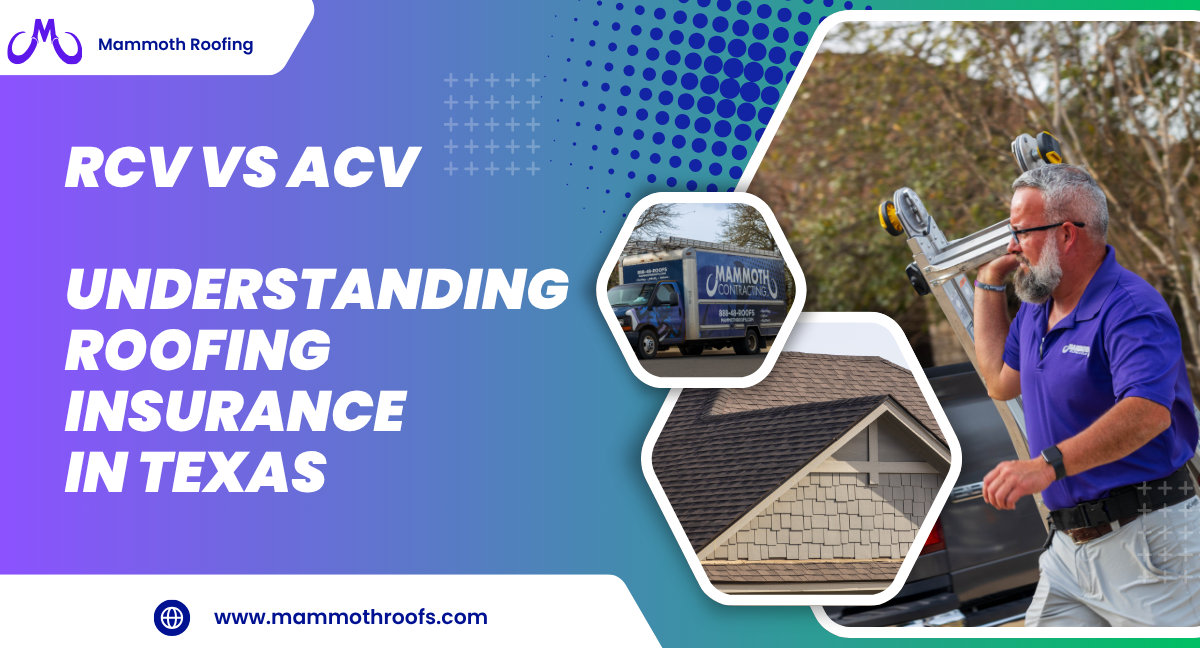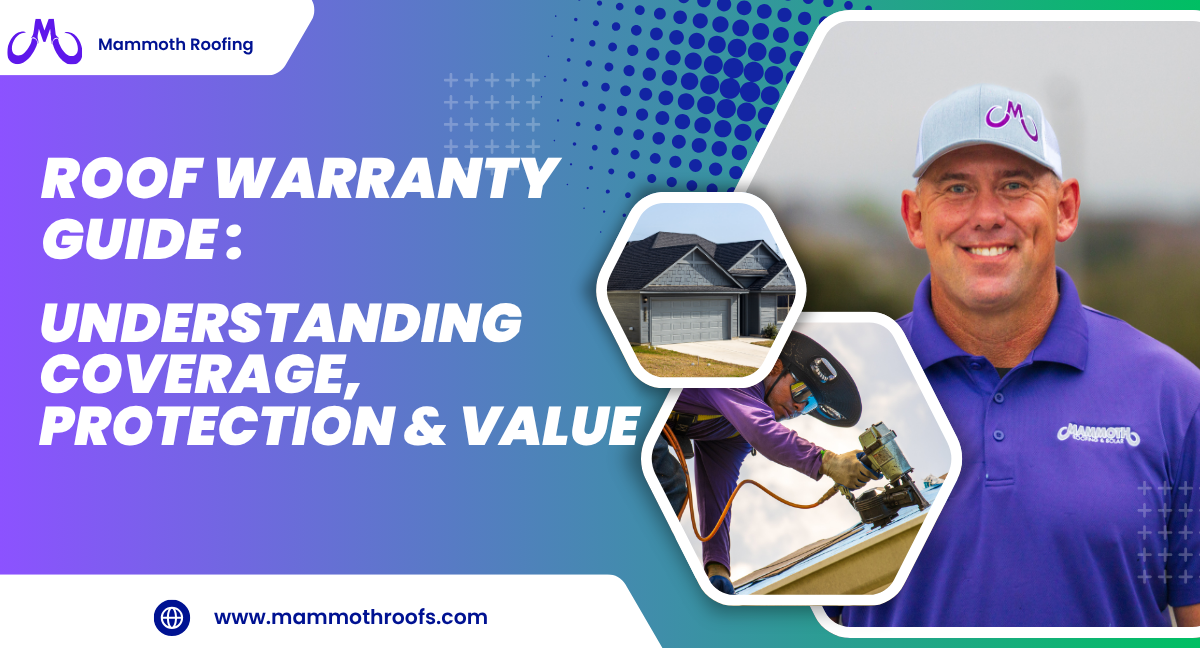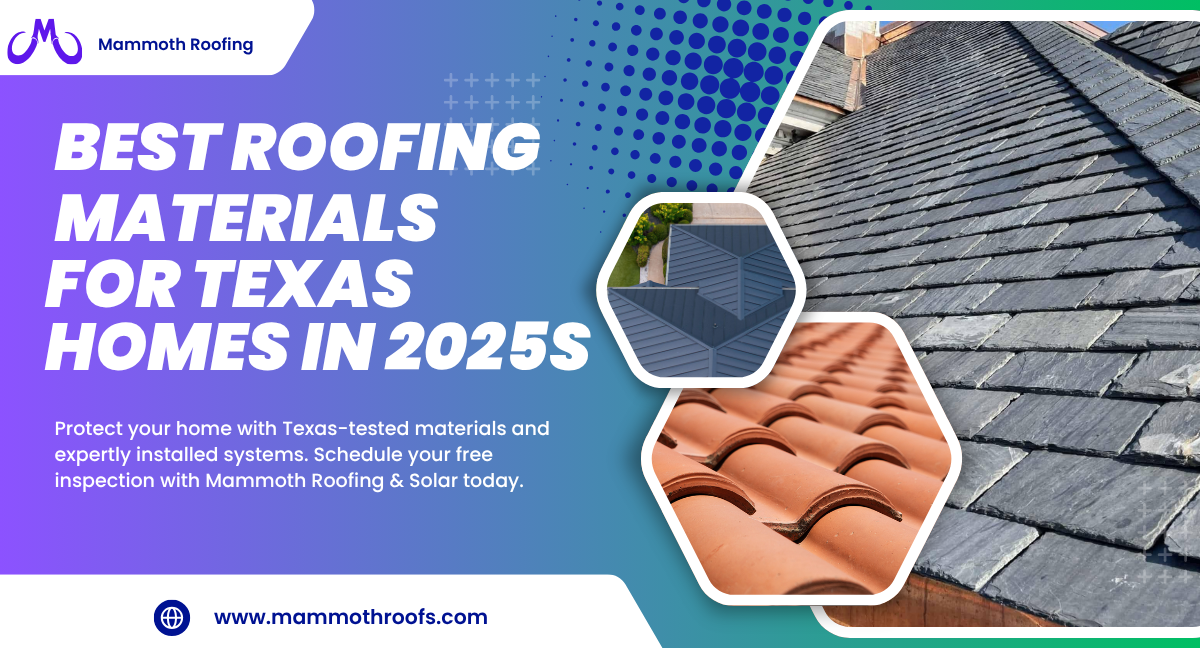In this article, we’ll delve into the details of asphalt shingles, metal roofs, clay tile, wood shakes, and slate roofing.
Whether you’re a homeowner or an experienced roofing contractor, our authoritative guide will offer valuable insights into the pros and cons of each roof type.
Table of Contents
ToggleAsphalt Shingles
As we delve into the discussion of common roof types, let’s begin by examining asphalt shingles.
Asphalt shingles are favored in roofing for their cost-effectiveness and adaptability. An important benefit of asphalt shingles is their resilience.
They endure challenging weather, including strong winds and heavy rain, ensuring reliability for homeowners.
Moreover, the installation of asphalt shingles is comparatively straightforward, saving both time and labor costs.
However, there are some disadvantages to consider. Over time, asphalt shingles may deteriorate and require replacement or repairs.
They are also prone to algae and moss growth, which can affect the roof’s overall appearance.
Despite these drawbacks, asphalt shingles remain popular for many homeowners due to their cost-effectiveness and reliability.
Metal Roofs
Let’s explore the durability and versatility of metal roofs, a popular choice among homeowners. Metal roof installation offers several benefits, making it an attractive option for many people.
Here are four reasons why metal roofing is worth considering:
1. Longevity: Metal roofs have an impressive lifespan of 50 years or more, outlasting other roofing materials such as asphalt shingles. This durability means you won’t have to worry about frequent replacements or repairs.
2. Energy Efficiency: Metal roofs reflect heat, minimizing absorption and contributing to a cooler home environment. This may result in reduced energy costs, particularly in sweltering summer months.
3. Weather Resistance: Crafted to endure severe weather, metal roofs withstand strong winds, heavy rain, and snow. They are also fire-resistant, providing an extra layer of protection.
4. Eco-Friendly: Metal roofs are frequently crafted from recycled materials and are recyclable at the conclusion of their lifespan. This makes them a sustainable choice for environmentally-conscious homeowners.
With their durability, energy efficiency, weather resistance, and eco-friendliness, it’s no wonder that metal roofs are a popular option for many homeowners. For more information about metal roofs, please contact our metal roofers in San Antonio, TX.
Clay Tile
Now, let’s delve into the durability and versatility of clay tile roofs.
For centuries, clay tile roofs, renowned for their unique look and extended lifespan, have stood the test of time. One of the pros of clay tile roofs is their durability.
With resistance to fire, insects, and rot, clay tile roofs emerge as an excellent, durable choice for homeowners seeking longevity in roofing.
Additionally, clay tiles are energy efficient, helping to keep homes cooler in hot climates.
However, there are some cons to consider.
Clay tiles can be expensive to install and require regular maintenance to keep them in good condition.
Essential maintenance involves inspecting for cracked or broken tiles and promptly replacing them as required. It’s also recommended to have a professional inspect and clean the roof periodically.
Adhering to these maintenance tips enables homeowners to secure the enduring lifespan of their clay tile roofs.
Wood Shakes
Moving on from clay tile roofs, wood shakes are another popular roof type to explore. Wood shakes are a classic choice for homeowners who prefer a natural and rustic roof look.
Here are some key advantages and disadvantages of wood shakes:
Advantages:
– Aesthetically pleasing: Wood shakes provide a warm and inviting appearance, adding charm and character to any home.
– Insulation properties: Wood shakes possess inherent insulating qualities, aiding in maintaining a cool interior during summer and a warm ambiance in winter.
– Eco-friendly: Wood shakes are eco-friendly as wood is a renewable resource, showcasing a sustainable roofing option.
– Longevity: Wood shakes can last for many decades when properly maintained.
Disadvantages:
– High maintenance: Wood shakes require regular maintenance, including periodic cleaning, sealing, and treating for rot and pests.
– Vulnerable to fire: Wood shakes are flammable and may not be suitable for areas prone to wildfires.
– Cost: Installation and maintenance costs for wood shakes can exceed those of alternative roofing materials, making them a pricier option.
– Limited availability: Not all roofing contractors may specialize in wood shake installation.
The installation process for wood shakes involves several steps:
1. Preparation: The old roof may need to be removed and the roof deck inspected and repaired if necessary.
2. Underlayment: A waterproof underlayment is installed to protect the roof deck from moisture.
3. Shingle installation: Each wood shake is nailed to the roof deck, overlapping each other to create a watertight barrier.
4. Finishing touches: Flashing and ventilation systems are installed to ensure proper water drainage and airflow.
Considering your budget, climate, and maintenance preferences, it’s essential to consult with a professional roofing contractor to determine if wood shakes are the right choice for your home.
Slate Roofing
Continuing with our exploration of common roof types, let’s delve into the world of slate roofing. Slate roofing is known for its durability and classic appearance.
The pros of slate roofing include its longevity, with a lifespan of up to 100 years, and its resistance to fire, rot, and insects.
Additionally, slate roofs are low-maintenance, requiring only periodic inspections and minimal repairs.
However, there are a few cons to consider. Slate roofs can be expensive upfront and require specialized installation. They are also heavy, which may require additional structural support.
When it comes to maintenance, it is crucial to keep the gutters clean and avoid walking on the roof to prevent damage to the slate tiles.
Regular inspections can help identify any cracked or missing tiles that must be replaced promptly.
By following these maintenance tips, you can ensure your slate roof stays in excellent condition for years.







